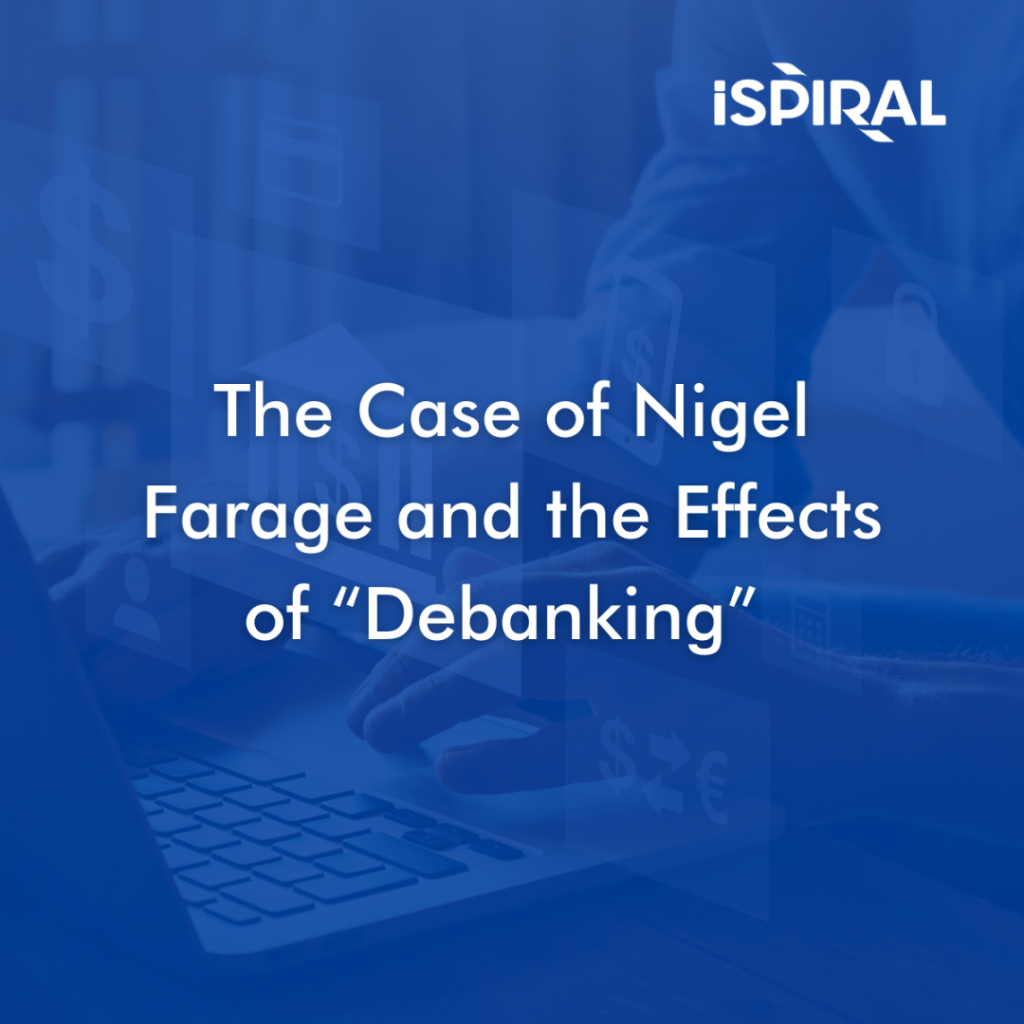The online gaming market has seen a significant evolution in recent years, creating new opportunities for both players and illegal actors trying to take advantage of sectors that allow complex and anonymous transactions.
The European Commission, in the 2022 Supra-national risk assessment has classified the money laundering and terrorist financing risk of online gambling as “very high”.
Despite the AML measures implemented by many online operators, the exposure to money laundering risks for gaming and online gambling is high because of the non-face-to-face customers, huge and complex volumes of transactions and financial transactions.
Vulnerabilities of the sectors
The players of games are often anonymous. The use of convertible e-currency for gaming allows the anonymous movement of funds between players. For example, illegal funds can be deposited in a gaming account and then being withdrawn by a legitimate account from the same or another user.
On the other hand, in where non-convertible e-currency is used, illicit actors have developed secondary markets to buy and sell non-convertible currencies outside the game platform itself.
In gambling, there were cases where gamblers stole funds to fund gambling activities. In other cases, “mule betting accounts” were created which were controlled by illicit actors with the purpose of placing large volumes of bets while disguising the sources of funds.
The gambling industry was brought under the AML scope and are required to comply with regulatory requirements to prevent money laundering.
AML requirements for the gaming and gambling industry
Gambling operators must comply with regulatory requirements and develop an AML program and have the following in place:
- Customer Due Diligence procedures to collect personal information from the customer and verify the customer’s identity with the use of an independent and reliable source, such as the national ID or passport before accepting the customer.
- AML Screening to identify Politically Exposed Persons (PEPs), adverse media and sanctions checks before onboarding but also during the business relationship with the customer.
- Enhanced Due Diligence procedures to mitigate the risks associated with high-risk customers by obtaining more information from the customer, including verification of the source of funds and source of wealth.
- Suspicious transaction reporting: Procedures to identify and, report suspicious transactions to the relevant Financial Intelligence Unit.
- Ongoing monitoring: Conducting ongoing due diligence on the business relationship with the customer and scrutinize the transactions performed.



